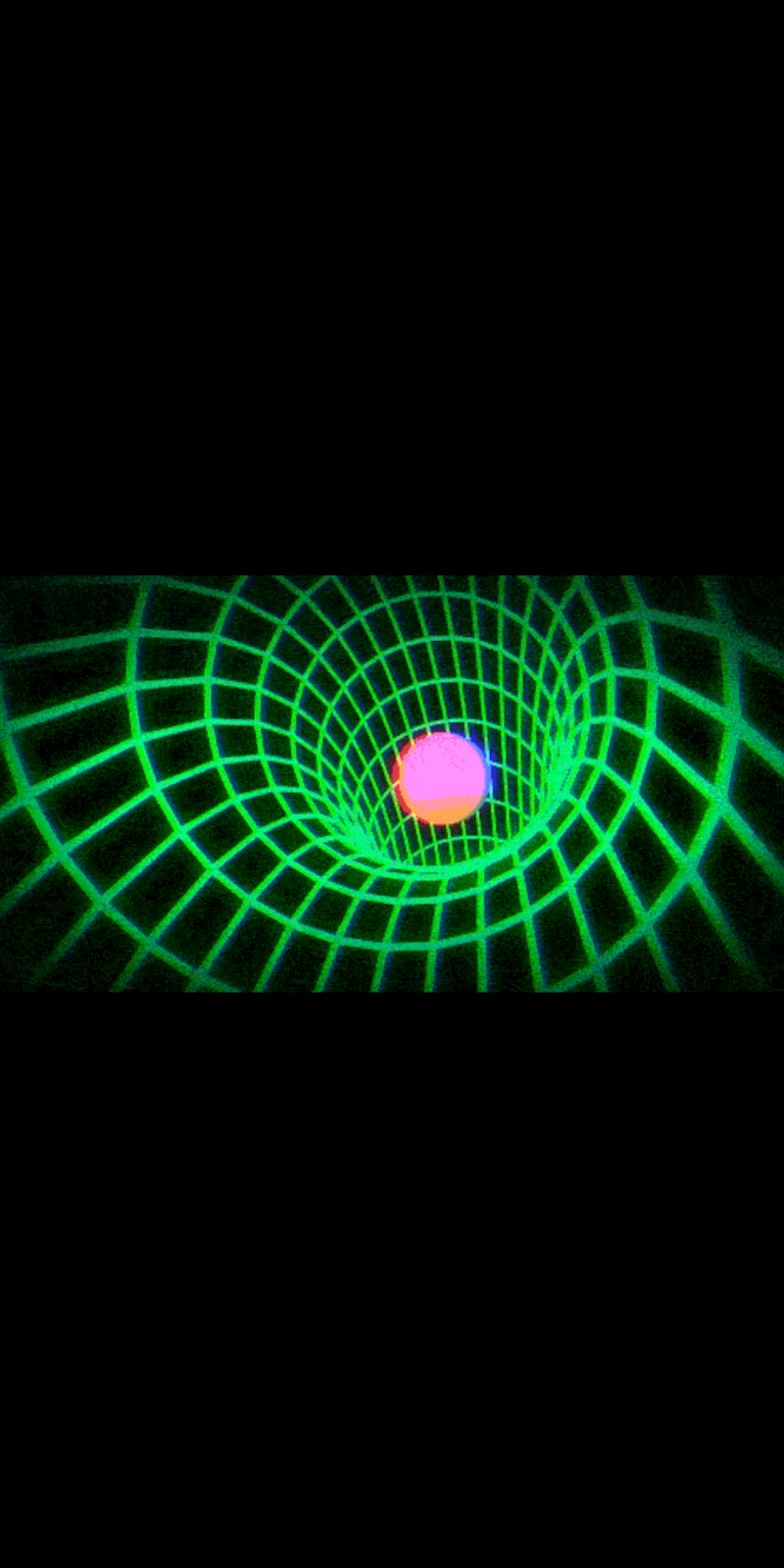Space Time and The Journey Through
Reality
Quantum mechanics vs common sense
Take a look at these three statements:
When someone observes an event happening, it really happened.
It is possible to make free choices, or at least, statistically random choices.
A choice made in one place can’t instantly affect a distant event. (Physicists call this “locality”.)
These are all intuitive ideas, and widely believed even by physicists. I found research, published in Nature Physics that shows they cannot all be true – or quantum mechanics itself must break down at some level.
This is the strongest result yet in a long series of discoveries in quantum mechanics that have upended mu ideas about reality. To understand why it’s so important, let’s look at this history.
The battle for reality
Quantum mechanics works extremely well to describe the behaviour of tiny objects, such as atoms or particles of light (photons). But that behaviour is … very odd.
In many cases, quantum theory doesn’t give definite answers to questions such as “where is this particle right now?” Instead, it only provides probabilities for where the particle might be found when it is observed.
For Niels Bohr, one of the founders of the theory a century ago, that’s not because of a lack of information, but because physical properties like “position” don’t actually exist until they are measured.
Now to address that gnawing question we all spend so much time on.
Closed time-like curves
For the sake of discussion, if information could be sent backwards to ones self through,... say web-hooks, persistent servers and a quantum computational algorithm, I believe you could remember or recall both instances upon the realization that you were working towards something you had already done, or will do. This would effectively cause a Closed Time Loop without the transference of matter or accelerating matter at c/ faster than light travel. This would demonstrate "spooky action at a distance" and also disprove the need for many worlds theory in avoidance of Temporal Paradoxes.
Einstein’s general theory of relativity allows for the possibility of warping time to such a high degree that it actually folds upon itself, resulting in a time loop. Imagine you’re traveling along this loop; that means that at some point, you’d end up at a moment in the past and begin experiencing the same moments since, all over again – a bit like deja vu, except you wouldn’t realize it. Such constructs are often referred to as “closed time-like curves” or CTCs in the research literature, and popularly referred to as “time machines.” Time machines are a byproduct of effective faster-than-light travel schemes and understanding them can improve our understanding of how the universe works.
Blog Date
12/15/2020
Exotic matter
Depending on the details, different physical phenomena may intervene to prevent closed time-like curves from developing in physical systems. The most common is the requirement for a particular type of “exotic” matter that must be present in order for a time loop to exist. Loosely speaking, exotic matter is matter that has negative mass. The problem is negative mass is not known to exist in nature.
Here is some "read between the lines" new space news".
https://finance.yahoo.com/news/solar-system-superhighway-for-space-travel-214616795.html









Comments
Post a Comment